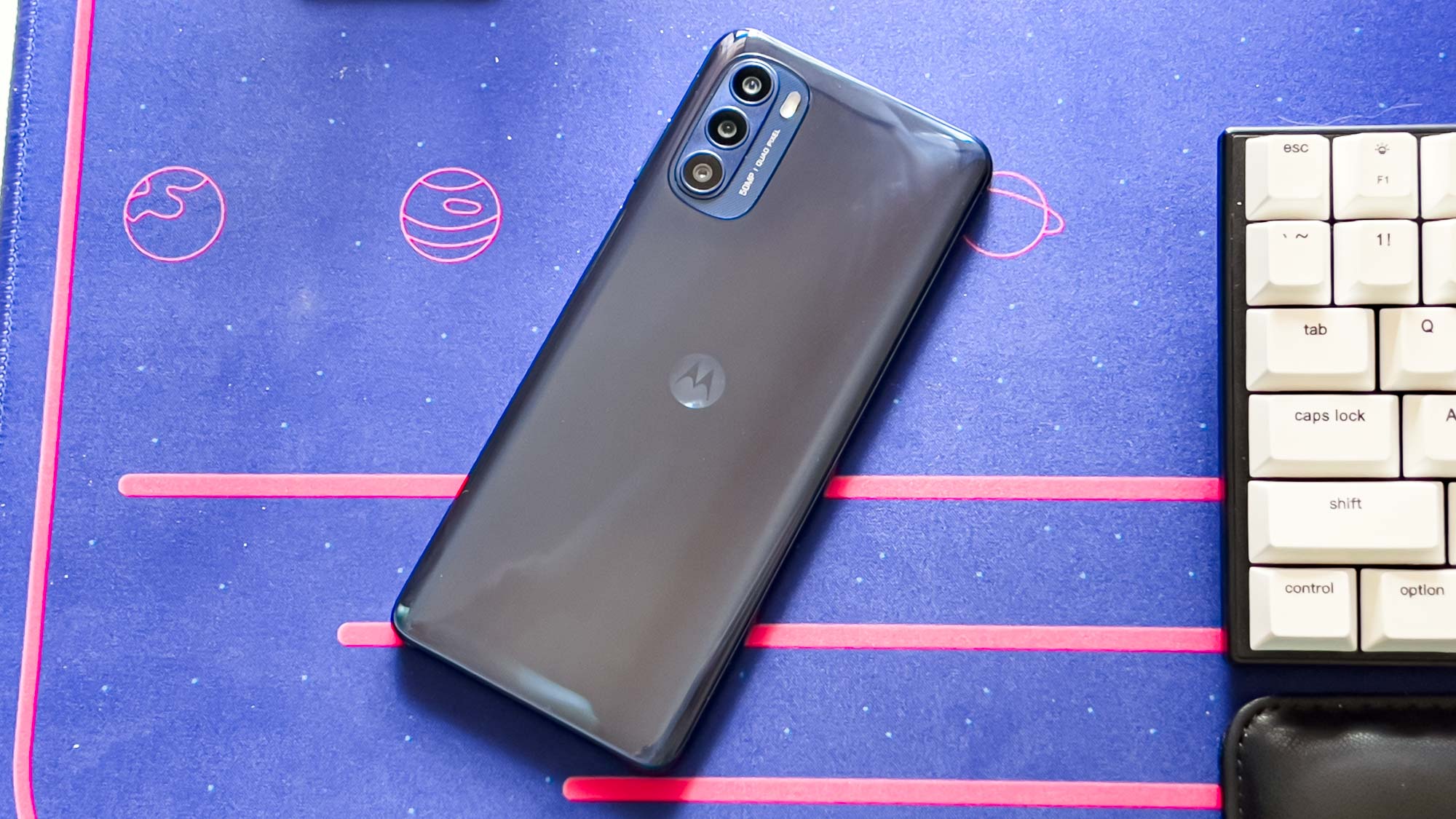Motorola's switch to MediaTek hasn't gone well — and that worries me
We haven't been impressed by recent Moto phones with MediaTek chips

You'd be forgiven for not recognizing the name MediaTek, but it's fairly well known in the smartphone business. For practically as long as the modern smartphone has been around, MediaTek has produced low-cost processing chips for budget phones. That alone has earned it a "cheap" reputation, especially when compared to the offerings from Qualcomm and now Apple Silicon.
In the U.S., we barely heard about MediaTek until recently. But Motorola has shifted the spotlight to the chipmaker with its latest batch of Moto G devices. We've had three handsets come across our desks so far rocking MediaTek processors: the Moto G Power (2022), Moto G Stylus (2022), and Moto G Pure. And frankly, all three devices have sucked to some degree or another.
MediaTek is a very large chipmaker. In fact, it commands a fair share of the smartphone market internationally, especially in China. It's making a push outside of Asia, however, which explains the recent change in Moto phones from Snapdragons to Helio G chips. And so far, we've been far from happy with the move.
We've had three handsets come across our desks so far rocking MediaTek processors. And frankly, all three devices have sucked to some degree or another.
Take the Moto G Stylus (2022) that I just reviewed. It was, without a doubt, the worst smartphone experience I've had in years. The phone lagged on every task, sometimes with noticeable seconds between activities, such as launching an app while several other apps ran in the background or tapping a notification. I grew to despise the handset because using it became such a slog.
My colleague Philip Michaels also lamented the MediaTek-powered performance of the Moto G Pure and Moto G Power (2022) — he noted similarly significant lag when launching activities, particularly the camera app. It's no mere coincidence that the common denominator to the problems both he and I had with these phones comes down to the silicon powering the trio of handsets.
I'm not saying Qualcomm's low-cost Snapdragons are powerhouses. The Snapdragon 480 5G, like the one in the OnePlus Nord N200, is not up to more than basic tasks. Gaming especially isn't pleasant. But when I used the Nord N200 alongside the Moto G Stylus (2022), the former performed noticeably better. Seeing this made using the Moto and its Helio G88 system-on-chip even worse.

Meanwhile, a rumor came out last week that some of the Galaxy S23 models might use a MediaTek chipset. I take that claim with a hefty grain of salt, especially since that report claimed that some Galaxy S22 FE units would also use MediaTek. Oh, and the source also stated that both new Galaxies would arrive in the latter half of this year. Consider me skeptical, especially since a more recent rumor has squashed the first one.
Get instant access to breaking news, the hottest reviews, great deals and helpful tips.
Word has it that MediaTek's latest Dimensity 9000 flagship SoC is turning heads. While I don't doubt the validity of the outlets staking these claims, I will have to see a lot of evidence and use MediaTek's newest chipset first-hand for my opinion to change. MediaTek has received a lot of criticism over the years for everything from lackluster chips to questionable codebase practices. (The company famously has struggled with publishing its source code and that doesn't appear to have changed.)
Power management also seems to be a problem, at least compared to other chipsets. For example, the Moto G Power (2022) didn't last as long in our battery testing as its 2021 and 2020 predecessors. And then there's updates — ones for MediaTek-powered devices can often be a lot slower than Snapdragon or Exynos handsets.

MediaTek controls a fair portion of the Android chipset market, but that doesn't mean much for quality. While I have some criticisms of Qualcomm, at least its chips have seemed to hold up better than MediaTek's historically. (The Snapdragon 8 Gen 1 certainly hasn't impressed me, however.) The Moto G Stylus (2022) barely performed on the same level as the two-year-old Moto G Stylus (2020) in our testing. That's pretty sad.
People have said that the new Dimensity flagship chips are huge improvements, but the stain on MediaTek's reputation will take a lot of work to undo, at least for me. Based on what I've seen so far, I'm extremely disappointed to see subpar MediaTek chips make their way into Moto phones here in the US.
I don't support a monopoly — I had hoped Samsung would step up its Exynos brand and that Google's Tensor chips could outperform the latest Snapdragon silicon — but I want to see Qualcomm's biggest competitor produce something worthwhile instead of simply something cheaper.

Jordan is the Phones Editor for Tom's Guide, covering all things phone-related. He's written about phones for over six years and plans to continue for a long while to come. He loves nothing more than relaxing in his home with a book, game, or his latest personal writing project. Jordan likes finding new things to dive into, from books and games to new mechanical keyboard switches and fun keycap sets. Outside of work, you can find him poring over open-source software and his studies.
